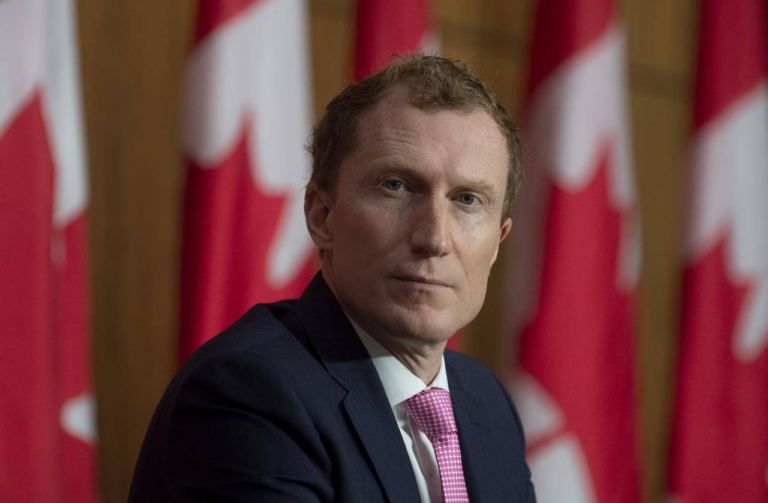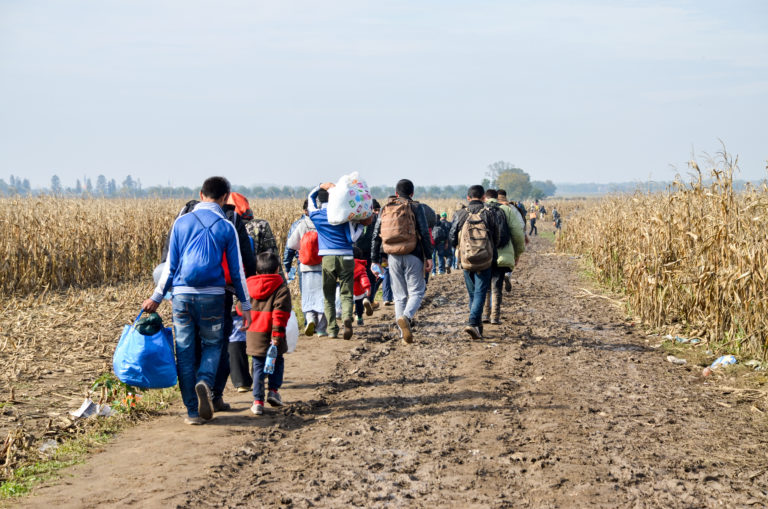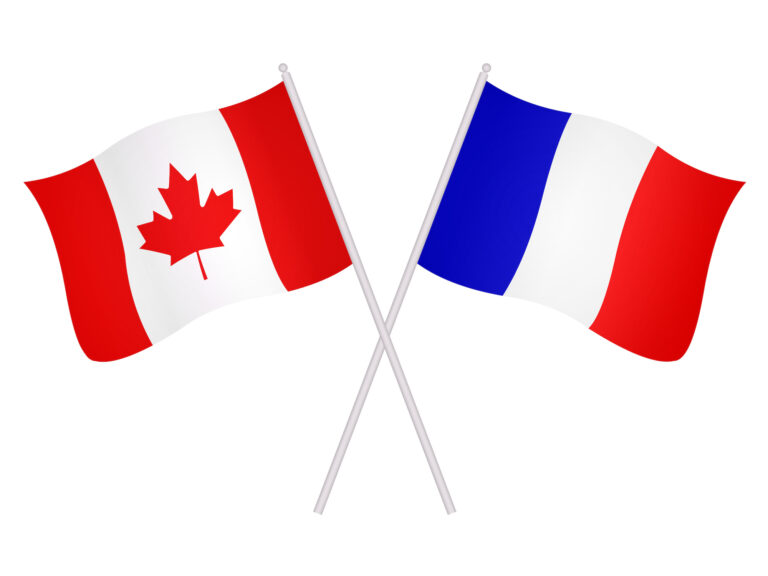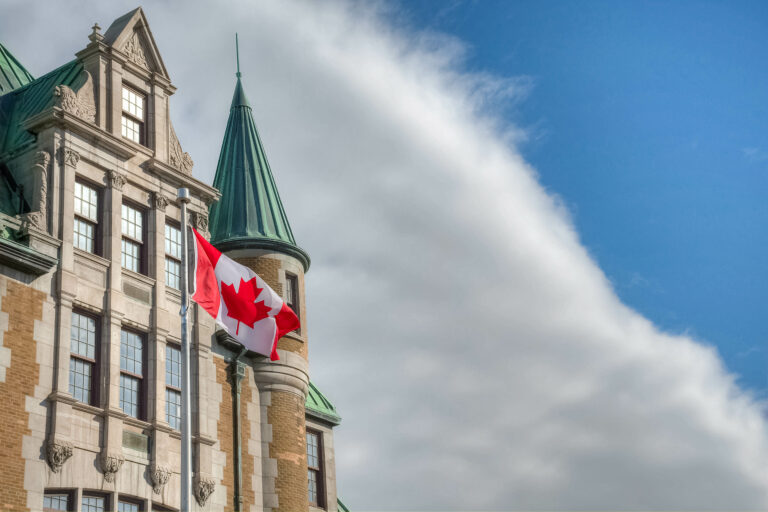An RBC Economics update says a massive increase in annual immigration to Canada resulting in up to 842,053 new permanent residents – or 2.1 per cent of the country’s current population every year – is needed to revitalize its aging demographics.
“Canada needs immigrants over the long term,” notes RBC Economics in its Nov 1 update.
“Even the annual immigrant intake of 1.3 per cent of the population is not sufficient to stabilize the age structure of the population, which would require about 2.1 per cent.”
Based on Canada’s current population of 40,097,761 in July this year, an annual immigration rate of 2.1 per cent of the population would mean more than 842,000 new permanent residents annually.
That would be 73.6 per cent more immigrants to Canada annually than the 485,000 new permanent residents Immigration, Refugees and Citizenship Canada (IRCC) has set as its target for next year, 2024.
Read More Canada Immigration News
Immigrate To Canada As A Health Diagnosing And Treating Professional: All You Need To Know
Canada Closed Work Permit is Set for Reform, Marc Miller Says
Gazan Immigration to Canada Will Be Determined On A Case-by-Case Basis
Under its newly-released 2024-2026 Immigration Levels Plan, Canada is also planning to welcome 500,000 new permanent residents in 2025 and then hold the line on immigration in 2026 with another 500,000 new permanent residents.
That’s a total of 1.485 million immigrants to Canada over those three years.
Given the growth of the Canadian population during those upcoming three years, the 2026 target for immigration to Canada actually represents a slight drop in the rate of immigration to the country, the first such decline in the immigration rate in years.
In its latest update, RBC Economics approves of that pause in immigration, explaining that it is likely the right move for Ottawa given the housing crisis in the country.
“The government is responding to concerns that Canada’s infrastructure – especially housing – cannot withstand a greater influx of people without first addressing structural impediments to improving infrastructure and better integrating immigrants into the labour market,” notes RBC Economics.
Video
“Canadians are also concerned about unprecedented levels of international students and other temporary residents the past two years. Net temporary resident inflows outnumbered immigration inflows in 2022-23, the first time in the 50 years since the series was tracked.”
The Canadian bank’s team of economists and researchers agree Ottawa’s pause on increasing immigration is appropriate given the current challenges.
“Addressing an unrestrained temporary resident population is essential since it may further erode support for permanent residents, which contribute long-term to the Canadian economy,” notes RBC Economics. “Here the feds will need to lean heavily on the provinces and may need to resort to stronger federal incentives to get them to budge.”
Canada On Track To Welcome 494,853 New Permanent Residents This Year
The update also urges Ottawa to be more strategic in its selection of immigrants and temporary residents who often become future immigrants, choosing those with the strongest long-term economic prospects, including those outside highly-educated fields.
IRCC data reveals Canada is already on track to welcome far more than its planned number of immigrants this year.
During the first nine months of this year, Canada saw the arrival of 371,140 new permanent residents, a level of immigration that would put the country on track to welcome 494,853 new permanent residents by the end of this year provided the level of immigration continued through to the end of 2023.










